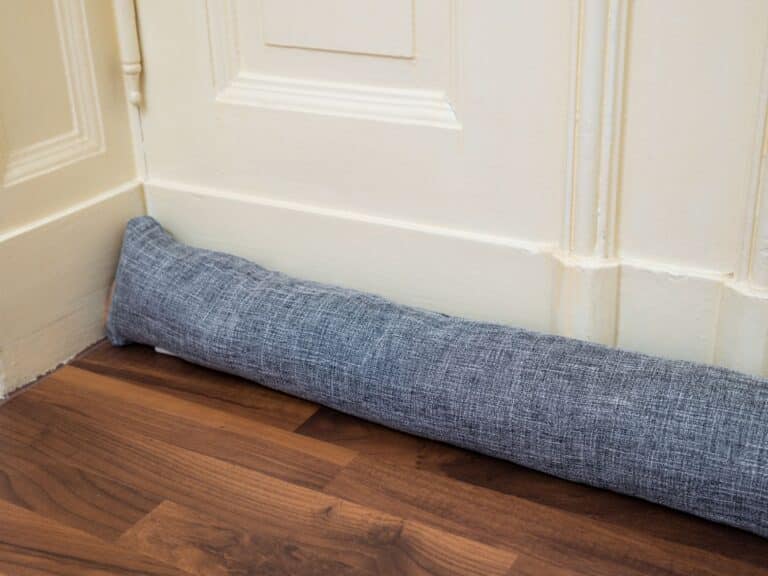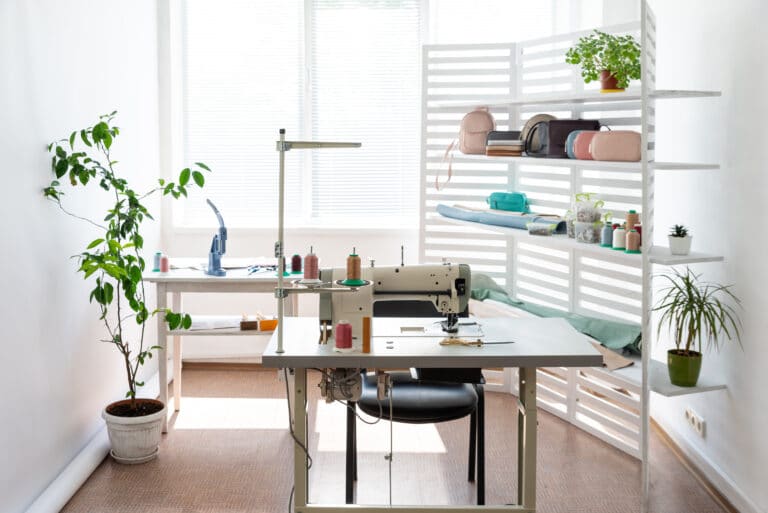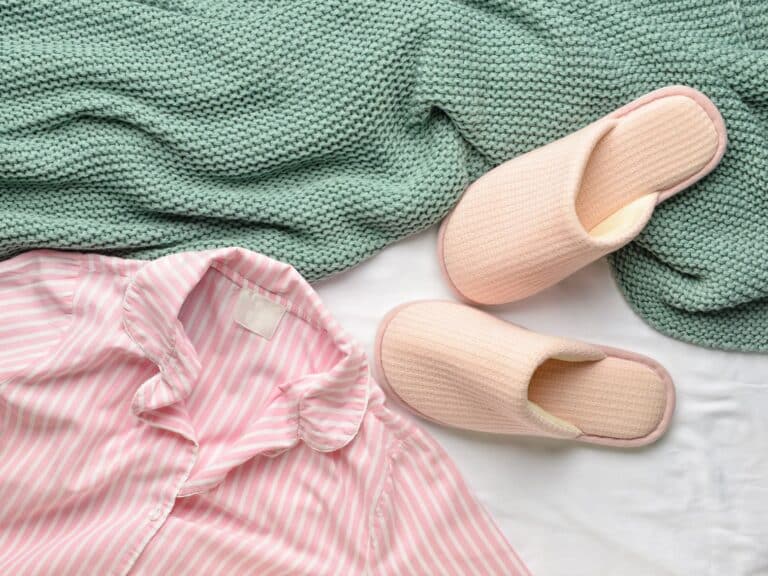What Is the Difference between Interfacing and Batting?
Some of the links below are affiliate links. As an Amazon Associate I earn from qualifying purchases. This means that, at zero cost to you, I will earn an affiliate commission if you click through the link and finalize a purchase.
Are you looking to learn what is the difference between interfacing and batting?
There are a number of different additonal materials and fabrics that you may come across that are needed within sewing projects. These may not be completely knew to you but you may also not have needed to use them.
It can be confusing to know what exactly you need and what it does. One of the more confusing scenarios is knowing the difference between interfacing and fusible web. As these are fairly similar but are used for very different projects much like interfacing and stabilizer are different.
Below are the different materials, what they are, what they do and what they are used for and finally the difference between the two.
What Is Interfacing?
If you are a beginner in sewing, you might be asking yourself what interfacing is. You might not be experienced in this craft, but you must have noticed that fabrics are different.
There are those that are firm and stable, while others are not. Either way, both types of fabric are used in different sewing projects. Essentially, interfacing is a piece of cloth that you use to increase the firmness and stability of a garment.
If you are using interfacing in your projects, you have to join it on the wrong side of the garment that you are reinforcing. As mentioned above, garments are not the same. There are those that have a higher level of heaviness while others have a lower level of the same.
Similarly, this applies to interfacing. There are interfacings that have higher levels of stiffness than others.
This implies that if the garment you are working on is heavier, you will have to use an interfacing that is heavier as well. In other words, the interfacing you use has to match with your garment.
If you are asking why interfacing is important in sewing, this is, indeed, a good and valid question. One of the major reasons why interfacing is valuable in sewing projects is that it adds stability to a garment.
If, for example, you are doing an embroidery project, you will have to improve the stability of your fabric, if it’s not. This will help you have a quality embroidery product.
Furthermore, interfacing comes in handy in making finished sewing products look good. Actually, a garment joined with the right interfacing appears more valuable than one without.
Additionally, if you will want to increase the level of stiffness and heaviness on a fabric, interfacing is the solution. This will go a long way in improving its quality.
What Is Batting?
Batting is yet another significant term in the sewing world. It refers to the sheet of material that provides cushioning between the top and bottom layers of cloth.
It also plays a great role in providing insulation to a fabric. In the UK and Australia, the term wadding is mostly used to refer to the above. The type of sewing project that mostly applies to batting is quilting.
However, there are still other projects that you can use batting in including wall hangings, bags, pot holders, pillows, and mug rugs.
Batting is available in sewing shops and it is made up of different types of material. The most expensive ones are made of the following materials: cotton, bamboo, and wool.
On the other hand, if you are looking for something cheaper, you can always go for materials like polyester. It’s also important to note that batting comes in different sizes and weights.
The size and weight of your batting will depend on the project that you are working on. For example, if you are working on a heavy material, then the batting will have to be heavy as well so that you have a quality quilted garment.

Batting plays an important role in your quilting projects. One of the things that it does is that it provides dimension to your quilt. Also, you are able to add a bit of texture to your fabric.
This will help you to feel the fabric’s texture quality. If you will also want to provide your fabric with an insulating layer, batting will serve the purpose quite well.
The insulating layer will offer the much-needed warmth to the fabric. Of great importance still, batting provides a soft layer between the top and bottom layers of a garment.
What Is the Difference Between Interfacing And Batting?
There are significant differences between interfacing and batting. One of the major differences has to do with the projects that are good for each.
For interfacing, it comes in handy when you are doing embroidery projects. On the other hand, batting is good for quilting projects.
Another difference is that interfacing is all about joining a piece of fabric to the wrong side of a garment to add stiffness, while batting is all about providing a cushioning and insulating layer to the fabric.
Furthermore, interfacing considers the colour of the fabric you are using. This is not the case for batting since the sheet of material used is usually on the inside of the fabric.
I hope you have found this guide on what is the difference between interfacing and batting helpful and helped you understand more about the additional materials you may come across while sewing.



